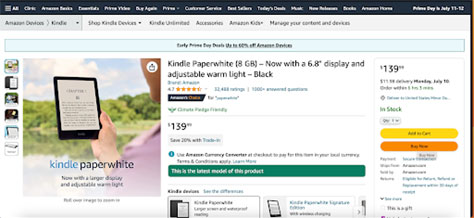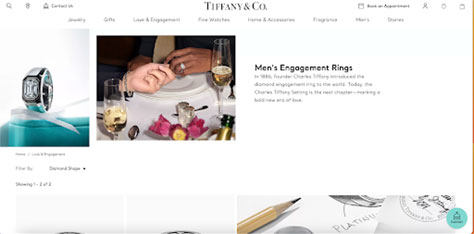In today’s world, SEO is another key factor in achieving business success. Search-engine optimization is a set of practices whose aim is improving the quality and quantity of organic, unpaid traffic on your Web site. SEO involves delivering high-quality content by using targeted search queries and building a solid link profile that increases credibility. All in all, these practices have a single goal: gaining higher placements for your site in organic search results and, thus, making it easier for prospective customers to notice them.
The interplay between UX design and SEO can significantly impact your business success when they’re working in concert with one another. Let’s say, a Web site is among the top search results for a targeted keyword. That’s great because it means more people will flow to the site. However, if visitors find the site to be of poor quality or hard to interact with, they’ll likely leave—and you might lose them forever. On the other hand, even if you provide an impeccable user experience, that won’t matter if people can’t find you on the Web.
That’s how these two practices are interlinked. Read on, and I’ll tell you how to leverage the united power of UX design and SEO to drive business success!
How UX Design Can Improve SEO
User experience, in itself, is not directly an SEO ranking factor. Nevertheless, there is still a strong relationship between UX design and SEO, and there are many UX design elements that define how well users can interact with a Web site:
- accessibility
- user friendliness
- mobile friendliness
- a clear site structure
- easy-to-understand navigation
- fast page-loading speeds
- relevant, well-structured content
- clear call-to-action buttons
Together, all these design elements create a positive visitor experience. Plus, they ultimately have the potential to contribute to higher rankings in search engines. Even though user experience is not itself a ranking factor, UX design can help improve a number of metrics that do affect how search engines position Web pages on search engine–results pages (SERPs). To be more specific, UX design can lead to increased engagement, higher click-through rates, lower dwell times, and lower bounce rates. Improvements in these metrics show that visitors find a Web site valuable, and that affects its rankings.
On top of all this, some elements of UX design are direct ranking factors—for example, mobile friendliness. Knowing that people now do a huge share of their Web searches on mobile devices, Google leverages its mobile-friendly test to position Web sites in search results based on this indicator, among others.
In addition, simple navigation and quick page-loading speeds also have a direct impact on SEO rankings. Search engines are more likely to crawl and index Web sites that have these positive design factors. So, by making a site more mobile- and user-friendly, you can indeed improve its SEO in many ways.
To get on the right track, check out the On-Page Checker tool by SE Ranking, which can help businesses understand why their Web pages still aren’t ranking highly. Using this tool can help you find areas for improvement, understand how the best optimization practices work for your competitors’ rankings on SERPs, and discover efficient ways of improving pages’ performance.


